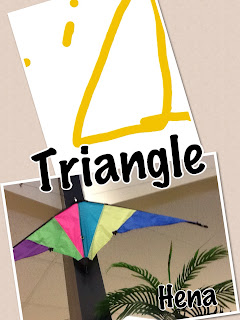This is a post to add to what a colleague, and fellow ADE, Kyle Pearce posted today on creating a WIFI hotspot to allow you to connect your iPad to your MacBook and therefore broadcast through an Airplay enabled app (Apple TV, Reflector App or Air Server).
This is another way to do what Mr. Pearce did. My way is probably not have as fast of a connection but it is a simple way to quick share what you have on your iPad screen. I have found this useful in my school division as our iPads and computers both connect to different wireless network making it difficult to connect the two devices and mirror the iPad screen on your computer and then onto you SmartBoard or IWB.
In my example, I use Airplay to successfully mirror my iPad screen to my MacBook Pro.
This is another way to do what Mr. Pearce did. My way is probably not have as fast of a connection but it is a simple way to quick share what you have on your iPad screen. I have found this useful in my school division as our iPads and computers both connect to different wireless network making it difficult to connect the two devices and mirror the iPad screen on your computer and then onto you SmartBoard or IWB.
In my example, I use Airplay to successfully mirror my iPad screen to my MacBook Pro.

























































